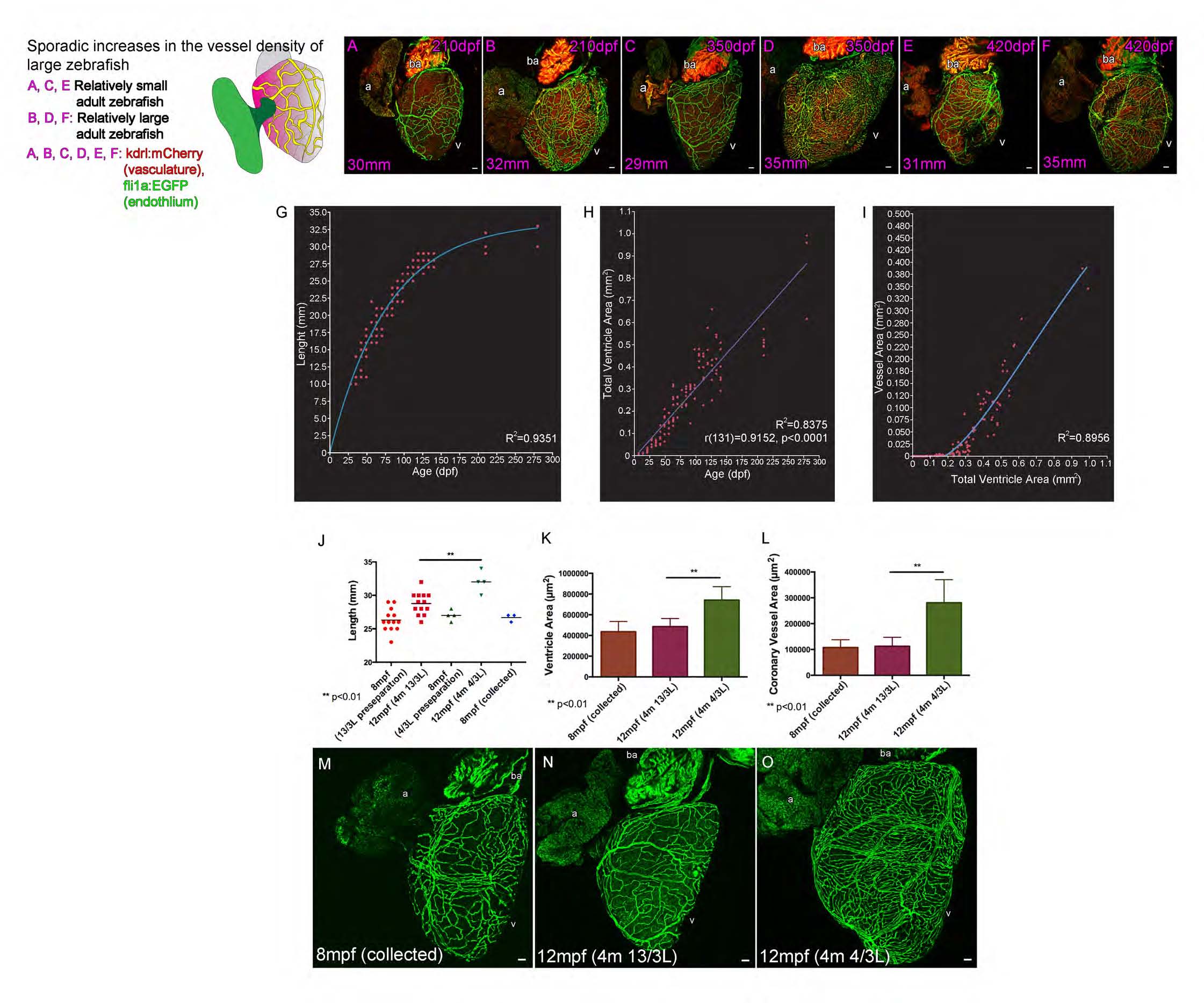Fig. S2 Coronary vasculature remains responsive to increases in heart size and output requirement. (Related to Figure 1)
Sporadic increases in the vessel density of large zebrafish (210 to 420dpf). Although formed and stable in many zebrafish the coronary vasculature remains capable of expanding in size and density with volumetric increases in heart size in older zebrafish (A-F). A proportion of zebrafish can continue to grow larger than their sibling tank mates and show increases in heart size and coronary vessel density (210dpf, A and B; 350dpf, C and D; 420dpf E and F; body length between 29 and 35mm labeled bottom left of each panel). The developmental timing, organization and extensiveness of the coronary vessel network are slightly variable, but highly correlative with fish size, age and the size of the heart ventricle (G-I). Graphs demonstrating the one-phase exponential correlation between zebrafish length and age (G, coefficient of determination (R2)), linear correlation between heart ventricle size and age (H, Pearson correlation coefficient (r)) and the two-phase exponential correlation between heart ventricle size and the area covered by endothelial cells on the surface of the heart (I). Scale bars, 50 µm.
Adult sibling zebrafish are raised and maintained at a high density of 20 fish per 3 liter (L) until 8 mpf and then measured (8 mpf, preseparation) and divided into two groups: one maintained at high density (13/3L) and the other at low density (4/3L) (J). Three of these fish with an average length of 27mm were collected and imaged (8mpf collected, J). Four months later (12mpf), zebrafish from both groups (4m 13/3L and 4/3L) were re-measured. Zebrafish maintained at low density are significantly larger (3mm on average) than those maintained at high density (J, 12mpf 4m 4/3L and 13/3L respectively; **p<0.01, t-test ±SD). Imaging of ventricle area (K) and vessel area (L) in 8 mpf (20/3L, collected), and 12 mpf hearts of fish maintained at high (4m 13/3L) and low (4m 4/3L) density reveals that the ventricle and corresponding coronary vessel area and density are significantly greater in the group of zebrafish maintained at low density (K and L, **p<0.01, t-test ±SD; M, collected preseparation; N, high density; O, low density). Scale bars, 50 µm.
Reprinted from Developmental Cell, 33, Harrison, M.R., Bussmann, J., Huang, Y., Zhao, L., Osorio, A., Burns, C.G., Burns, C.E., Sucov, H.M., Siekmann, A.F., Lien, C.L., Chemokine-guided angiogenesis directs coronary vasculature formation in zebrafish, 442-54, Copyright (2015) with permission from Elsevier. Full text @ Dev. Cell

